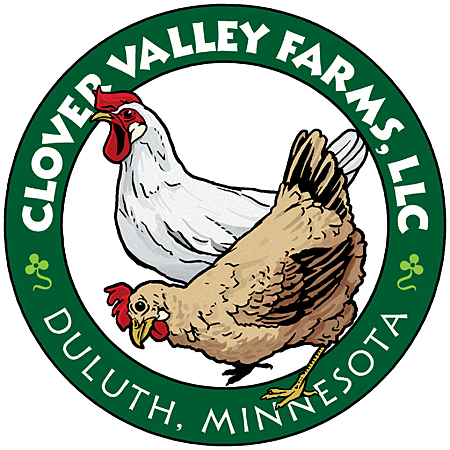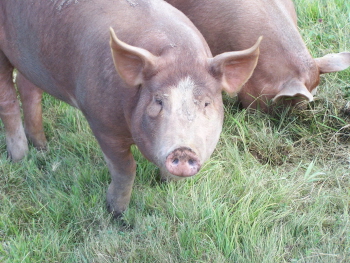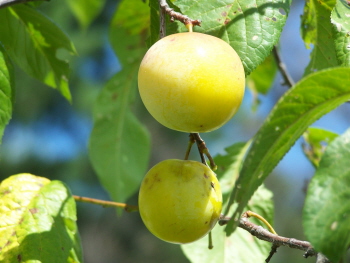Finances
To cover start-up and capital costs, Cindy and Jeff have generally invested personal funds. They did take out an AgStar loan to help with the purchase of their mobile poultry processing unit.
Educator’s Perspective: Resource Tip The Center for Farm Financial Management (CFFM) at the University of Minnesota provides educational programs and software tools, such as Interpreting Financial Statements and Measures, an online video workshop that helps producers understand and use the 4 major financial statements and the 21 financial measures recommended by the Farm Financial Standards Council. CFFM works with other groups to manage FINBIN, a farm financial database that provides benchmark financial information to farm producers, educators, lenders, and other agricultural professionals. Use the USDA Service Center Locator to find a local office with information on Farm Service Agency (FSA) loans and other farm support programs. A new program, called the Beginning and Socially Disadvantaged Farmer and Rancher Land Contract Guarantee Program, was launched in 2012. It provides federal loan guarantees to retiring farmers who self-finance the sale of their land to beginning or socially disadvantaged farmers and ranchers, and it is administered through local FSA offices. Cindy and Jeff don’t consider themselves very “tech-savvy” but have become fans of QuickBooks software, which helps them streamline their accounting. They hired a consultant to help them set up the system for their specific needs and found it well worth the few hundred dollars it cost! |
Jeff and Cindy also provided the initial capital required when forming the LLC in 2010, to cover expected costs through the first year in combination with projected income. Their 2010 Balance Sheet (Appendix V; PDF, 7 kb) shows their Total Assets and Total Liabilities and Equity as $20,941.72.
Although Cindy and Jeff have started seeing profitability in certain enterprises (see Production > Yields & Profitability, keeping in mind that those calculations do not account for labor costs), the business as a whole is not yet profitable.

These figures from Cindy and Jeff’s income tax filing suggest that the gap between farm expense and farm income was narrowing as they headed into 2011.
Clover Valley Farms’ Profit and Loss Statement from 2010 (Appendix VI; PDF, 8 kb) shows Ordinary Income of $8,244.93 and Other Income of $7,867.00, for a total income of just over $16,000. With their Cost of Goods Sold at $9,795.00 and other Expenses at $11,640.24, their net income in 2010 was -$5,323.31.
Jeff and Cindy’s off-farm income has allowed them to invest in the farm business and grow gradually while working part-time on the farm. Although they are anxious to realize a profit -- and one that includes labor costs, to be true to their vision (see Assessing & Planning > Business Planning) -- they have preferred to follow a gradual growth model and avoid significant debt. Their ongoing commitment to improving their production practices, such as adapting feeding methods to reduce ration costs; along with what they've learned about breed choices and the timing of certain activities, will help them to continue improving the productivity of the animal units they have.
 |
 |


